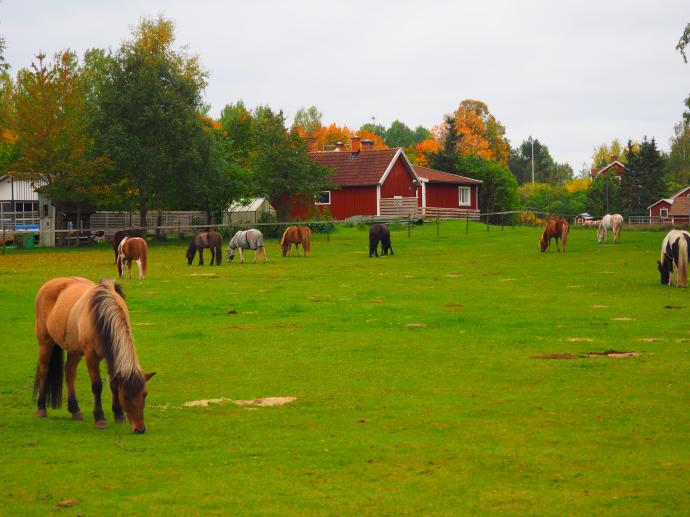Background
Although horses have undergone domestication for more than 6000 years, it has been shown that their behavioural patterns have remained similar. Horses are naturally social animals that spend most of their time in groups, walking and grazing, thus it is important to provide horses with an environment where they can express these behaviours.
Management conditions such as housing style and feeding regimes can have an impact on horses’ well-being. Indeed, if an animal is confronted with an inadequate environment it will be likely to experience stress.
In most mammals, cortisol is the main glucocorticoid secreted following a stress response thus, within seconds of stressor exposure, cortisol levels will rise in the blood circulation. Although cortisol measures are usually carried out on blood plasma, urine, milk, saliva and faeces samples; using hair as a matrix offers a non-invasive alternative. After cortisol is released into the circulation, it can be incorporated in the hair as it grows. Hair cortisol therefore offers the opportunity to study cortisol levels retrospectively. Only few recent studies evaluate hair cortisol concentrations in horses.

Responsible for this page:
Director of undergraduate studies Biology
Last updated:
05/18/18
